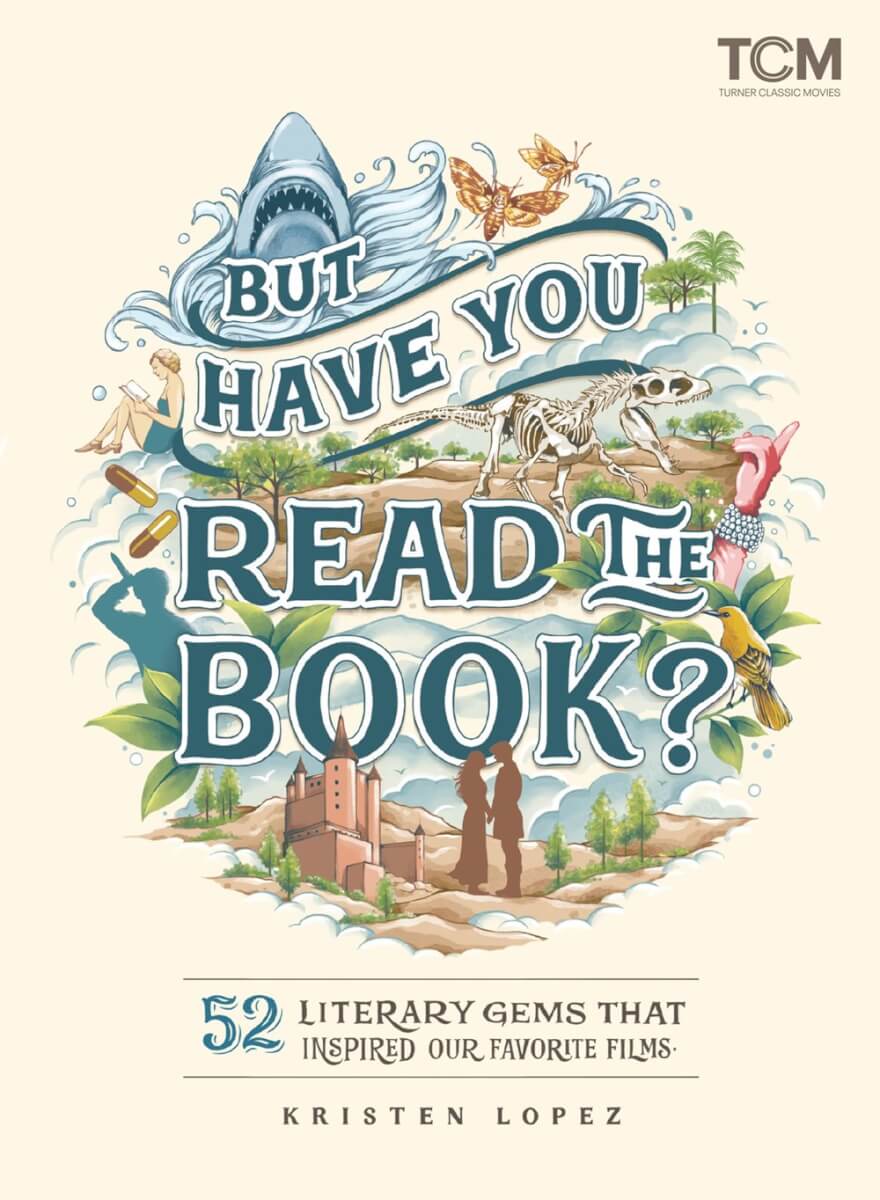Great Short Books
Anyone who’s eternally time-strapped will treasure Kenneth C. Davis’ Great Short Books. This nifty volume highlights 58 works of fiction chosen by Davis for their size (small) and impact (enormous). Each brisk read weighs in at around 200 pages but has the oomph of an epic.
“Short novels,” Davis writes in the book’s introduction, “have been shortchanged. They occupy the place of the neglected middle child of the literary world.” With its eclectic roster of authors (Sandra Cisneros, Stephen King, James Joyce, Nella Larsen—the list goes on), his volume challenges this perception.
Davis’ picks include something for every reader. Classic selections such as James Baldwin’s If Beale Street Could Talk and Virginia Woolf’s Mrs. Dalloway are spotlighted alongside contemporary offerings like Jenny Offill’s Dept. of Speculation and Jacqueline Woodson’s Another Brooklyn. The entry for each title consists of a plot summary, an author bio, suggestions on what to read next and—the perfect bait for hooking book lovers—the work’s first lines.
Davis, the bestselling author of the Don’t Know Much About series, delivers readerly insights and plenty of literary trivia in this handy guide. Outside of extra time, it’s the perfect gift for busy bibliophiles.
Reading the Stars
Readers in need of a little inspiration should try tapping into the power of the zodiac. That’s the premise behind Reading the Stars, the new release from the literary website Book Riot.
This quirky title encourages readers to connect with their astrological signs as a way to deepen and enrich their relationships with books. Astrology, according to Book Riot, can “give you some hints about what kind of books you like to read, what books can help you grow as a person, and how you engage with the reading world.”
The volume covers the basics of astrology and provides an intriguing profile of every sign in the chart, with details on the characteristics and reading styles of each. Aries readers, for instance, focus on meeting their reading goals, while Virgos read to destress and love getting lost in a good fantasy. Cancers savor extended story arcs and happily ever after endings.
Filled with atmospheric illustrations, Reading the Stars offers sign-specific reading recommendations and reveals which signs are compatible with one another—from a literary standpoint. Sure to pique the interest of bibliophiles, this delightful title will give them a whole new way to think about books.
Marple
Here’s a merry surprise for mystery fans: Miss Jane Marple is back. Marple is a collection of new stories featuring Agatha Christie’s widely hailed detective written by some of today’s top thriller writers. Ruth Ware, Lucy Foley, Dreda Say Mitchell and Alyssa Cole are among the dozen authors who salute the sleuth in this spine-tingling anthology.
Christie introduced Jane Marple in the 1927 story “The Tuesday Night Club.” An elderly spinster and first-rate cracker of crimes from the quiet village of St. Mary Mead, England, Miss Marple appeared in 12 Christie novels, becoming one of the most beloved figures in detective fiction.
In the new volume, fresh mysteries take Miss Marple to far-flung locales. A cruise ship headed for Hong Kong is the setting for Jean Kwok’s “The Jade Empress,” which finds Miss Marple investigating the death of a fellow passenger. In Alyssa Cole’s “Miss Marple Takes Manhattan,” sinister events plague a Broadway rehearsal, where the lady detective is providentially in attendance.
Miss Marple logs many a mile in these new adventures, and fans will be elated to find that she remains a redoubtable force when faced with a case. The new stories are suspenseful and—of course—deliciously cozy. What’s not to love about more Miss Marple?
★ Revenge of the Librarians
Bibliophiles will find a kindred spirit in cartoonist Tom Gauld, whose clever new collection, Revenge of the Librarians, is all about books and the literary life.
The setting of the volume’s opening strip is a world taken over by librarians—a what-if tale of terrific proportions compactly recounted in five panels. “With superior organizational skills, they quickly seized power,” Gauld writes. “Opponents were mercilessly shushed. Every building was converted into a library.”
Gauld’s perfectly pithy cartoons feature soft background colors and emphatic silhouettes. Arch humor abounds as he drops amusing author allusions, spoofs the literary establishment and plays with writer stereotypes. Ardent memoirist and precious poet, tormented novelist and cutthroat critic—none are exempt from his pen. Gauld also lampoons hallowed literary traditions. The titles in the cartoon “Summer Reading for Conspiracy Theorists” include Slaughterhouse 5G and The Old Man and the CIA. In “Waiting for Godot to Join the Zoom Meeting,” Vladimir and Estragon sit expectantly before their computers, but alas: “Nobody comes. Nobody goes.”
Gauld, whose work has appeared in The Believer and the New York Times, gets up to all manner of literary mischief in this quick-witted, must-have collection for book buffs.

























